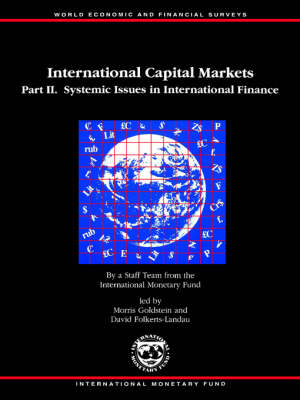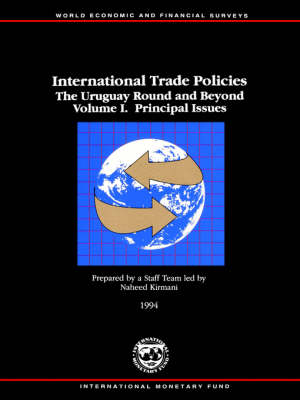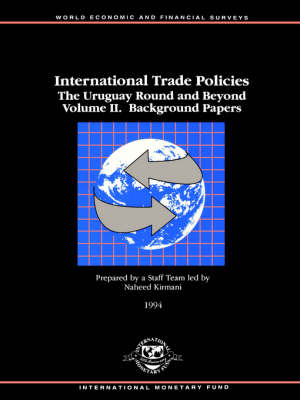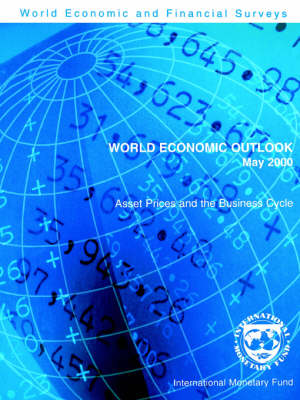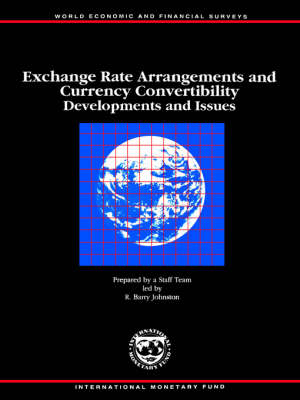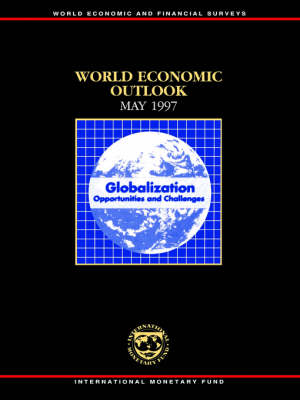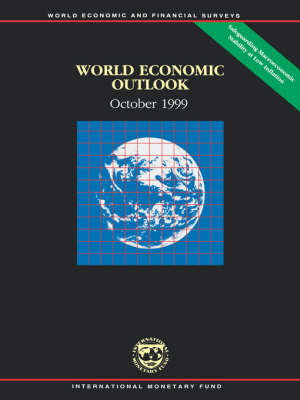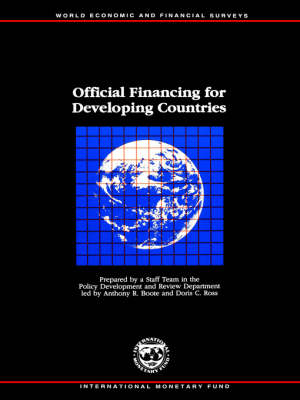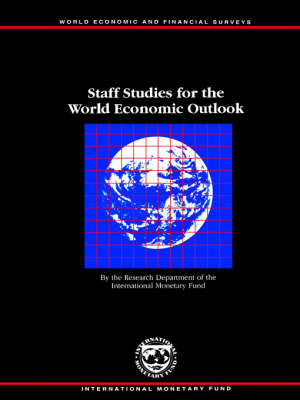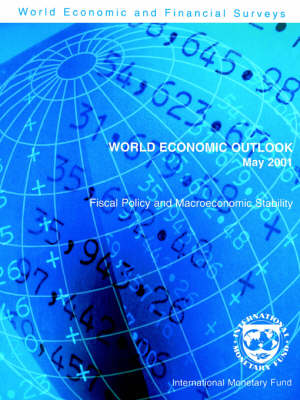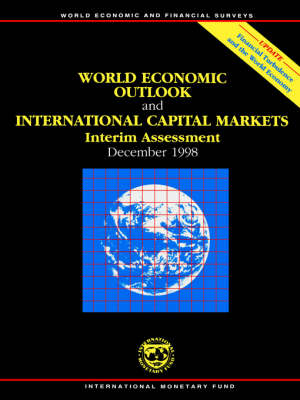World Economic Outlook
20 total works
World Economic Outlook, October 2016 (Russian Edition)
by International Monetary Fund
World Economic Outlook, October 2016 (Chinese Edition)
by International Monetary Fund
World Economic Outlook, October 2016 (Spanish Edition)
by International Monetary Fund
World Economic Outlook, October 2016 (French Edition)
by International Monetary Fund
World Economic Outlook, October 2016 (Arabic Edition)
by International Monetary Fund
International Trade Policies v. 1; Principal Issues
by International Monetary Fund
International Trade Policies v. 2; Background Papers
by International Monetary Fund
Exchange Rate Arrangements and Currency Convertability
by International Monetary Fund
Official Financing for Developing Countries
by International Monetary Fund
Staff Studies for the World Economic Outlook
by International Monetary Fund
World Economic Outlook May 2001 - Fiscal Policy and Macroeconomic Stability
by International Monetary Fund
World Economic Outlook and International Capital Markets
by International Monetary Fund
Trade Liberalization in IMF-supported Programs
by International Monetary Fund

